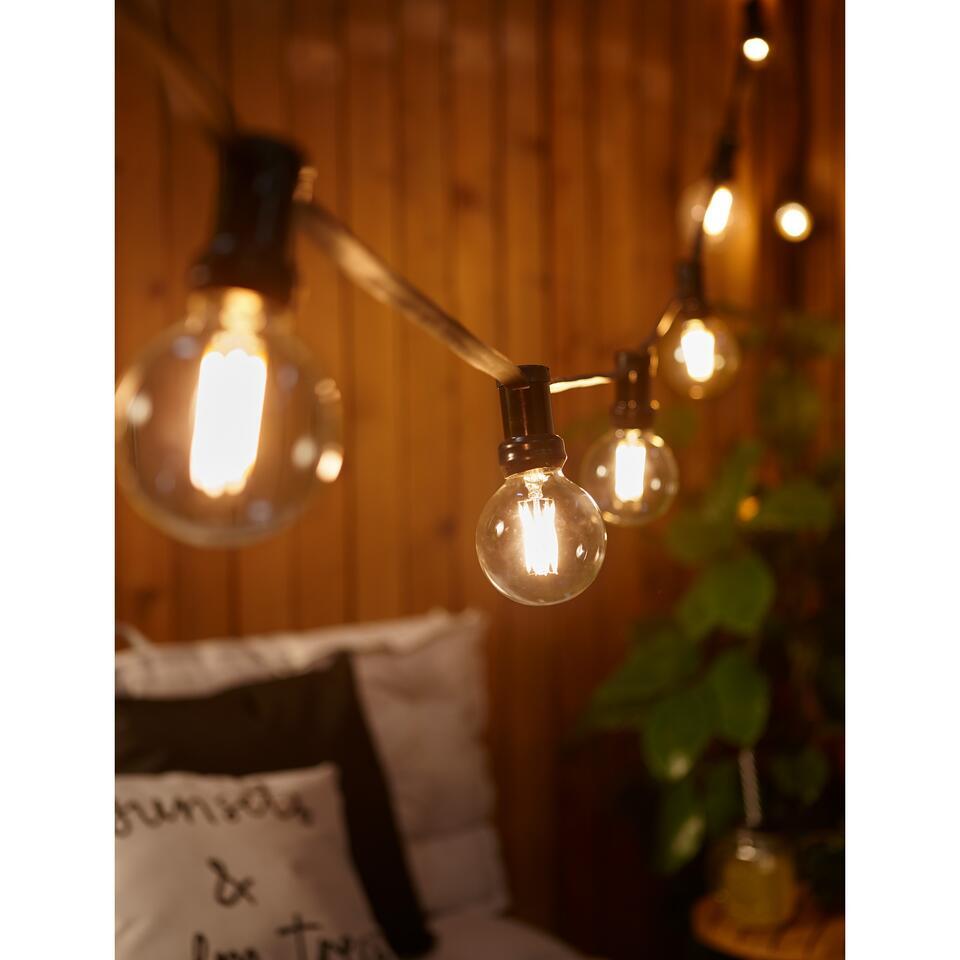Women make history all the time, but they usually do it with what’s in their head instead of what’s on it. But on this day, 207 years ago, a woman named Mary Kies used both brains and bonnet to become the United States’ first woman to receive a patent.
Related Content

SMART SWITCH More of changes you expected, Get a brand-new Kies! Keep your mobile up to date When you connect your mobile device to Kies via a USB cable, you will be automatically notified of any updates to your device firmware that are available. Samsung Kies creates a bridge between your phone and desktop computer. Kies connects the devices via USB cable or Wifi. Whether it’s managing your music, photos, videos, downloading podcasts or creating a safety backup of your contacts and calendars, Kies combines all of these features in a fresh and easy to use interface. How to Unbrick or Restore your Samsung Firmware with Kies, Universal Method works on all Samsung devices. Click show more to see all the links you will need. The easy way to transfer content to your new Galaxy device. Smart Switch for Windows gives you the freedom to move your contacts, calendar, music, photos, and videos to your new Galaxy device. Send your contacts, calendar, music, photos, and videos to your new Galaxy device.


If the idea of a patent sounds like a snore, consider what a big deal it was to a woman in the early 19th century. At the time, American women had no political power and even less social power. Under the practice of coverture, women’s legal existences were melded with those of the men in their lives. As daughters, their property belonged to their father; as wives, it belonged to their husbands. If they were unmarried and lived in a household with an uncle or brother, that man controlled her legal destiny. In a land where women could neither own goods nor enter into contracts, there was little incentive for women to pursue patents.
But a Connecticut woman named Mary Dixon Kies had an idea worth patenting. It came to her during a time of fashion emergency in the United States. The Napoleonic Wars between France and Britain put the United States in an awkward political position in 1807. Britain in particular tested the United States’ ability to stay neutral by harassing American ships and slapping trade restrictions on seafaring traffic, so President Thomas Jefferson decided to prohibit the import of British goods with the Embargo of 1807. But the official freeze in trade proved disastrous, crippling the American economy and causing exports to drop from a reported $108 million in 1807 to a paltry $22 million the next year.
Just 15 months of embargo forced the American fashion industry to turn inward. Now that New England couldn’t ship goods, it had to make them instead. Kies wasn't the first woman to improve hat making at the time. Take a young girl named Betsy Metcalf who, after pining for a straw hat in a store window that she couldn’t afford, went home and came up with an innovative technique to make her own. That idea turned New England into a hotbed of straw hat making, an activity that rural women could perform in their own homes. Women both braided straw and constructed bonnets at home, affording them financial independence of a sort and giving women elsewhere the chance to wear the latest fashions on top of their heads.
Though Metcalf never patented her straw hat-making technique, when Kies came up with her idea, she did. Her innovation was to weave silk or thread into the straw, creating a pleasing appearance that became a fashion fad. She took advantage of a relatively new law, the 1790 Patent Act, which allowed “any person or persons” to petition for protection of their original methods and designs, and was granted the first patent ever awarded to a woman on May 15, 1809. Kies’ method took off and fueled the growing straw hat industry; When President James Madison became president that year, he signed Kies' patent and First Lady Dolley Madison apparently was so taken by Kies' invention that she wrote to her and congratulated her for helping women in industry.
But if you want to see Kies’ patent in person, you’re out of luck: It was destroyed in a huge fire that swept through the Patent Office in 1836, decimating approximately 10,000 patents and thousands of documents, drawings and pending patents. Kies’ story ends sadly, too; fashions changed and she died penniless, buried in a pauper’s grave in Brooklyn, New York.
Smart Kies

Smart Kids Who Hate To Write
Kies may have died in obscurity, but in 1965, members of the Killingly Historical and Genealogical Society, Inc. paid their respects to the groundbreaking woman whose fashion sense opened doors by erecting a monument in her birthplace, in South Killingly, Connecticut, which honors her as the first woman in the United States to apply for and receive a patent.
